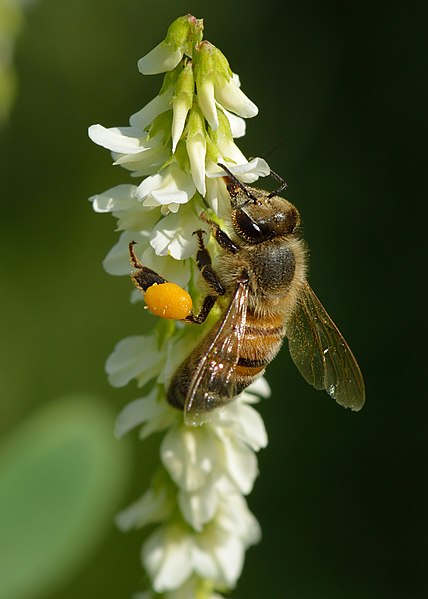 Bee Pollen
Bee Pollen
Common name
N/A
ID
HD0008
Scientific name of the plant
N/A
Anatomical part for use
N/A
Human use
Loss of appetite
Summary
Bee pollen, also known as bee bread and ambrosia, is a ball or pellet of field-gathered flower pollen packed by worker honeybees, and used as the primary food source for the hive. It consists of simple sugars, protein, minerals and vitamins, fatty acids, and a small percentage of other components. Bee pollen is stored in brood cells, mixed with saliva, and sealed with a drop of honey. Bee pollen is harvested as food for humans and marketed as having various, but yet unproven, health benefits.
Evidence Level
Level 1 (Individual reports from one medical center)
Hepatotoxicity reports in literature
- Acute hepatitis after ingestion of herbs : (Source)
Hepatotoxicity Description
N/A

Bee Pollen
Common name
N/A
ID
HD0008
Scientific name of the plant
N/A
Anatomical part for use
N/A
Human use
Loss of appetite
Summary
Bee pollen, also known as bee bread and ambrosia, is a ball or pellet of field-gathered flower pollen packed by worker honeybees, and used as the primary food source for the hive. It consists of simple sugars, protein, minerals and vitamins, fatty acids, and a small percentage of other components. Bee pollen is stored in brood cells, mixed with saliva, and sealed with a drop of honey. Bee pollen is harvested as food for humans and marketed as having various, but yet unproven, health benefits.
Evidence Level
Level 1 (Individual reports from one medical center)
Hepatotoxicity reports in literature
- Acute hepatitis after ingestion of herbs : (Source)
Hepatotoxicity Description
N/A